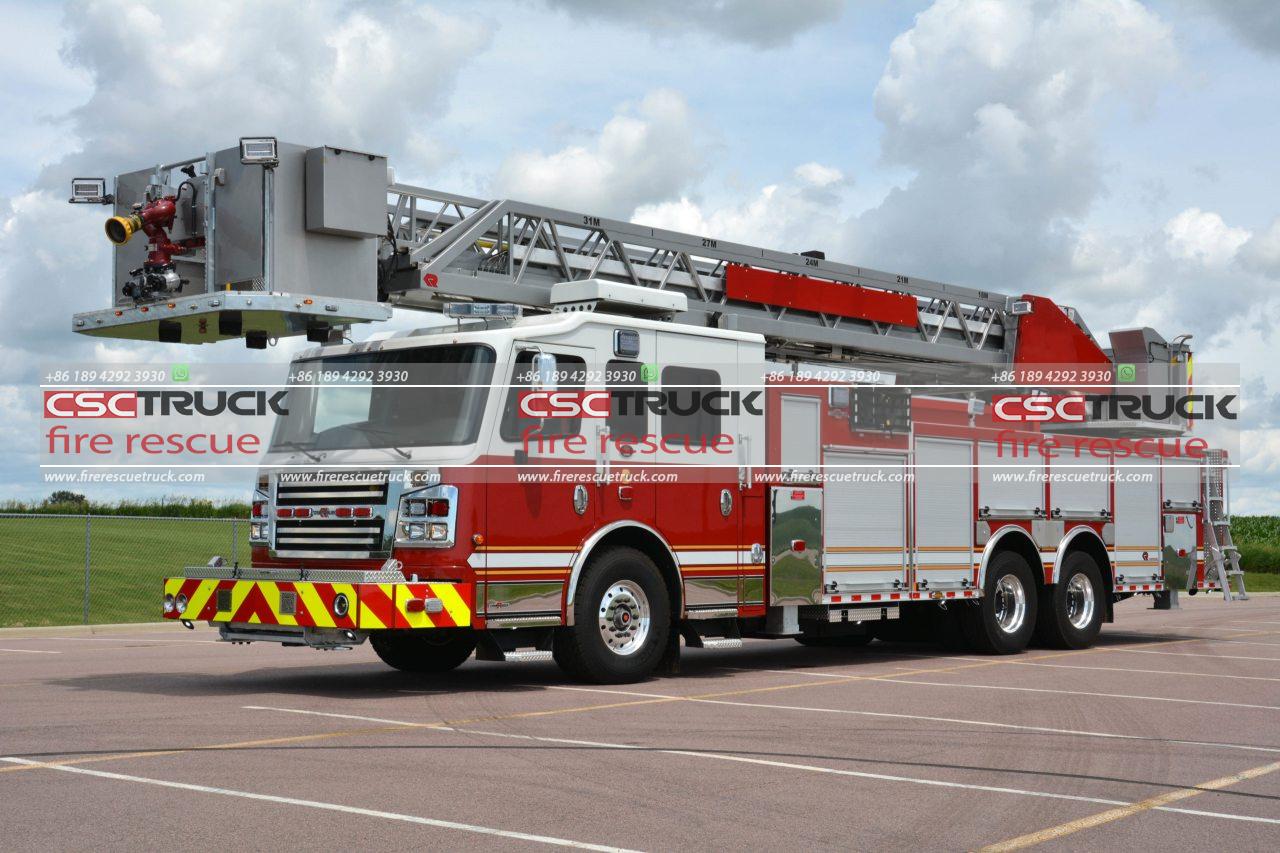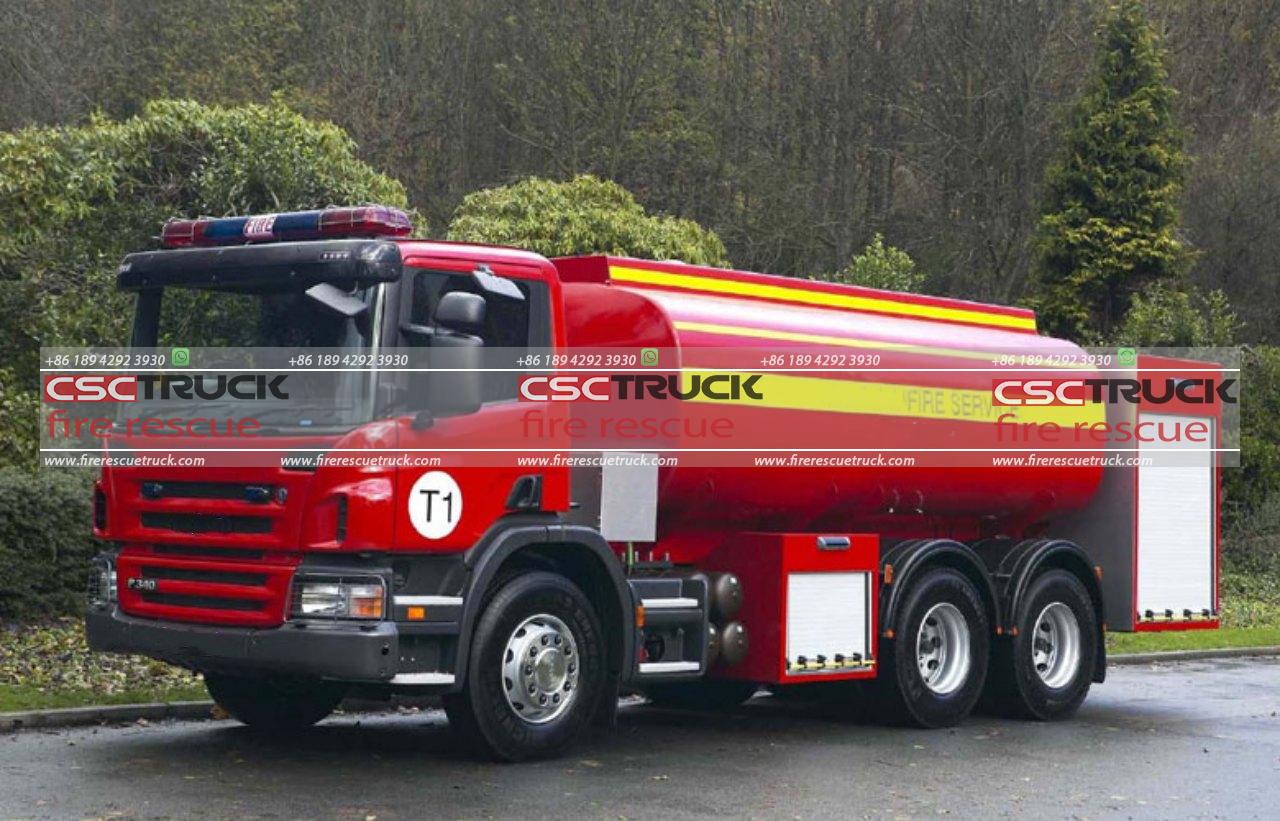Water Foam Fire Truck: Efficient Water Foam Fire Trucks for Enhanced Fire Suppression
Firefighting has undergone significant advancements over the years, with innovations aimed at enhancing the efficiency and effectiveness of fire suppression. Among these innovations, water foam fire trucks stand out as a pivotal development, offering a robust solution for combating various types of fires. These specialized vehicles combine water and foam to maximize firefighting capabilities, making them indispensable in modern fire services. This article delves into the mechanics, benefits, and applications of water foam fire trucks, highlighting their role in enhancing fire suppression.
The Mechanics of Water Foam Fire Trucks
Water foam fire trucks are engineered to deliver a potent mix of water and foam, leveraging the strengths of both to tackle fires more effectively. The basic principle involves the combination of water, foam concentrate, and air to produce foam. This foam is then deployed through nozzles or monitors to blanket fires, cooling them and cutting off the oxygen supply that fuels combustion.
The process starts with the water tank, which holds a substantial volume of water. This water is pumped through the truck’s system, where it is mixed with a foam concentrate stored in a separate tank. The proportioning system ensures the correct ratio of foam concentrate to water, which is crucial for generating effective firefighting foam. Once mixed, the solution passes through an aeration system that introduces air, creating a foam that is then expelled under pressure.
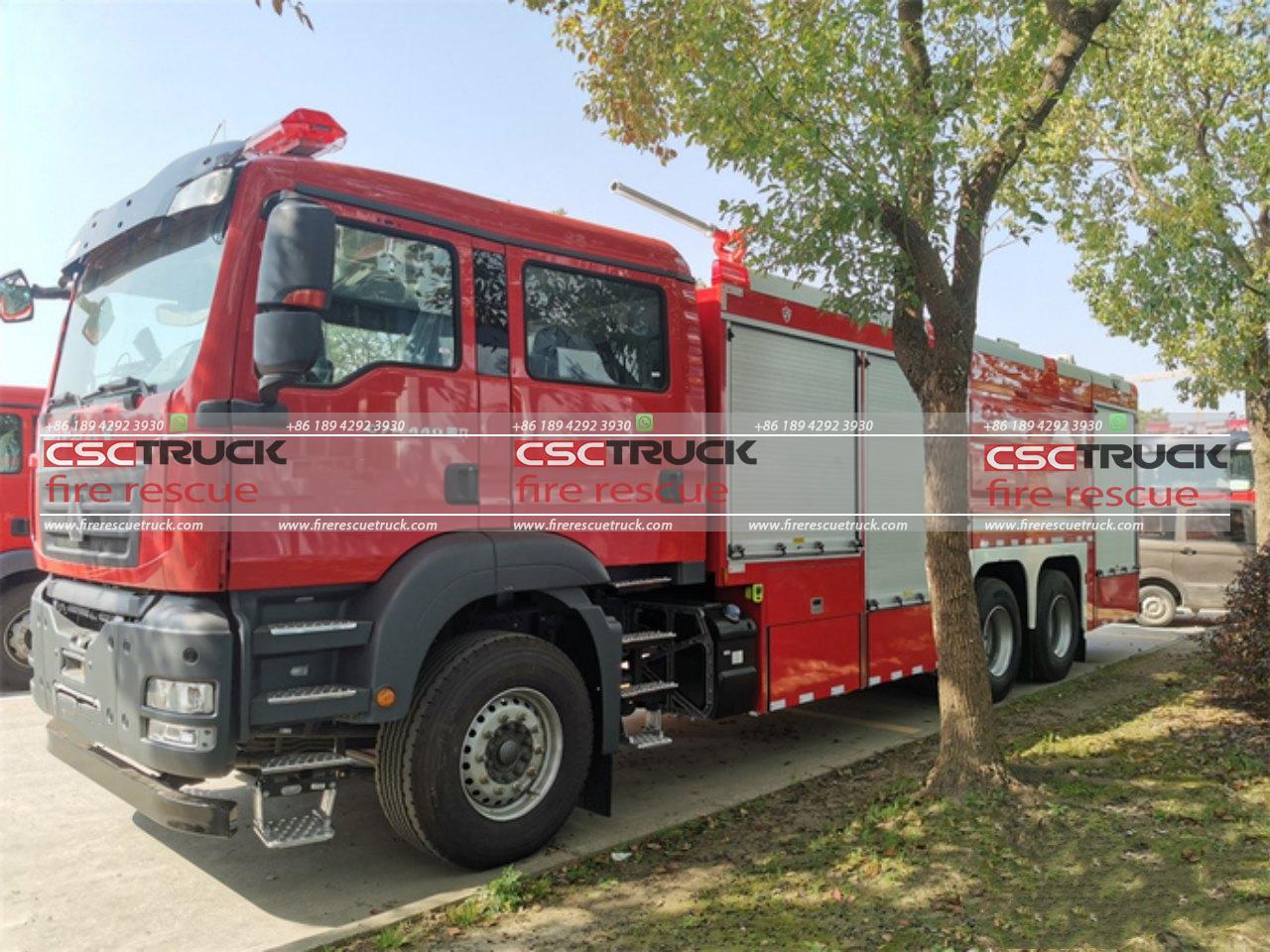
Types of Foam and Their Applications
There are several types of foam used in firefighting, each suited to different classes of fires:
1. Class A Foam: This type is primarily used for fires involving ordinary combustibles such as wood, paper, and cloth. Class A foam enhances the water’s ability to penetrate and saturate materials, making it highly effective for structural and wildland fires.
2. Class B Foam: Designed for flammable liquid fires, Class B foam is used in scenarios involving oil, gasoline, and other volatile substances. It forms a thick blanket over the liquid, suppressing vapors and preventing re-ignition.
3. Alcohol-Resistant Foam: This variant of Class B foam is specifically formulated to handle polar solvents like alcohol, which can break down regular foams. It is essential for environments where chemicals are stored or transported.
4. High-Expansion Foam: Used in confined spaces such as mines, ship holds, and basements, high-expansion foam rapidly fills large areas, suffocating fires by displacing oxygen.
Advantages of Water Foam Fire Trucks
The integration of foam into firefighting offers several advantages over traditional water-only methods:
1. Enhanced Fire Suppression: Foam’s ability to adhere to surfaces and smother flames makes it more effective in reducing heat and extinguishing fires quickly. This is particularly important in preventing flashovers and backdrafts in structural fires.
2. Reduced Water Damage: Using foam reduces overall water usage, which minimizes water damage to property and structures. This is crucial in commercial and residential fires where water damage can be as destructive as the fire itself.
3. Increased Efficiency: Foam extends the cooling and smothering capabilities of water, allowing firefighters to achieve better results with less effort and in shorter times. This efficiency can be life-saving in fast-spreading fire scenarios.
4. Versatility: Water foam fire trucks are versatile and capable of handling a wide range of fire types. This makes them an invaluable asset in diverse settings, from urban areas to industrial sites and wildland interfaces.
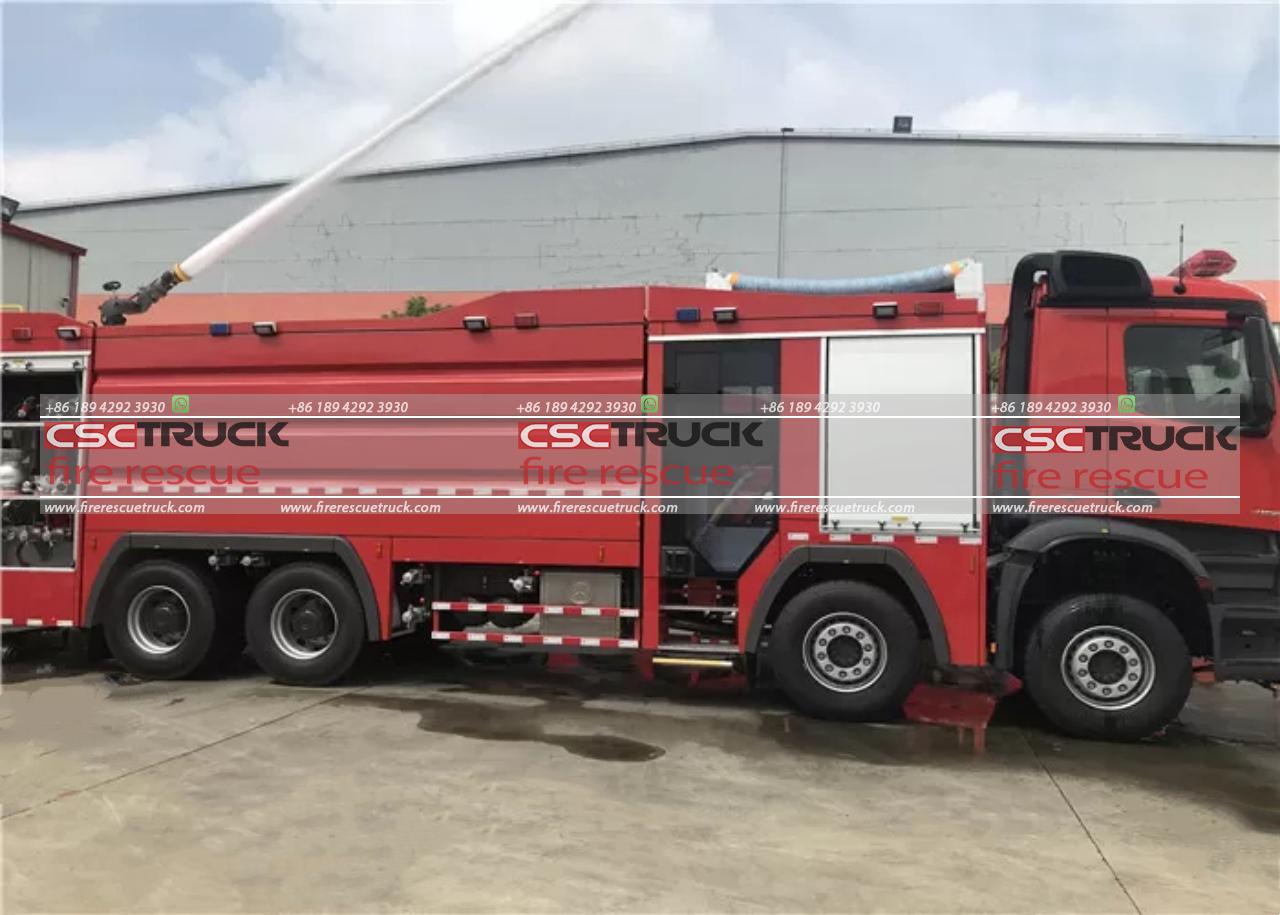
Applications of Water Foam Fire Trucks
Water foam fire trucks find applications in various sectors, thanks to their adaptability and effectiveness:
1. Urban Firefighting: In cities, these trucks are essential for dealing with both structural fires and vehicle fires. Their ability to quickly suppress flames and reduce water damage is highly valued in densely populated areas.
2. Industrial and Chemical Fires: Industries dealing with flammable liquids and chemicals rely on water foam fire trucks to mitigate the risks of fires. The foam’s ability to blanket and cool volatile substances makes it a critical tool in these environments.
3. Wildland Firefighting: In wildland settings, where fires can spread rapidly and unpredictably, water foam fire trucks provide a means to create firebreaks and protect structures. Class A foam’s effectiveness in penetrating vegetation makes it indispensable in controlling wildfires.
4. Aircraft and Airport Firefighting: Airports require rapid response to aviation-related fires, which often involve flammable fuels. Water foam fire trucks, equipped with Class B and alcohol-resistant foams, are crucial for extinguishing aircraft fires and ensuring passenger safety.
5. Marine Firefighting: Ports and ships also benefit from water foam fire trucks, particularly for fires involving fuel spills or confined spaces like engine rooms. The ability to produce high-expansion foam is especially useful in such scenarios.
Future Trends and Innovations
The evolution of water foam fire trucks continues as technology advances. Innovations focus on improving foam formulations, enhancing delivery systems, and integrating smart technologies for better fire management:
1. Eco-Friendly Foams: Research is ongoing to develop foams that are environmentally friendly and biodegradable, addressing concerns about the ecological impact of traditional firefighting foams.
2. Automated Systems: Integration of automated proportioning and mixing systems ensures optimal foam quality and consistency, reducing human error and enhancing effectiveness.
3. Smart Technologies: Incorporating sensors and data analytics into fire trucks can provide real-time information about fire dynamics, helping firefighters make informed decisions and adjust their strategies on the fly.
4. Enhanced Mobility: Future designs aim to improve the mobility and maneuverability of water foam fire trucks, enabling them to access difficult terrains and urban settings more efficiently.
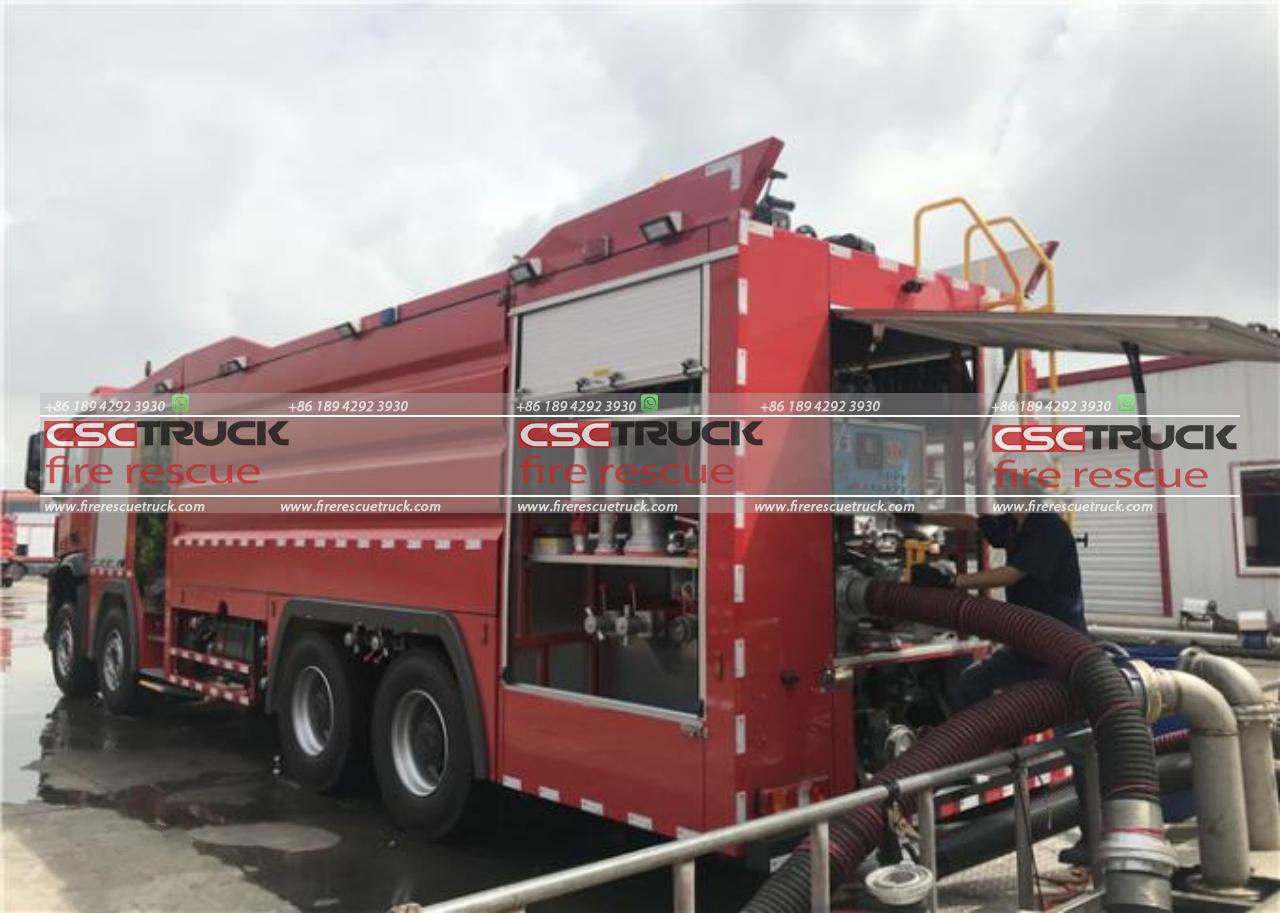
Conclusion
Water foam fire trucks represent a significant leap in firefighting technology, combining the cooling power of water with the smothering capabilities of foam to tackle fires more effectively. Their versatility, efficiency, and adaptability make them indispensable in various fire suppression scenarios, from urban and industrial settings to wildland and marine environments. As technology continues to advance, the future of water foam fire trucks promises even greater innovations, enhancing their role in protecting lives, property, and the environment from the devastating effects of fire.



